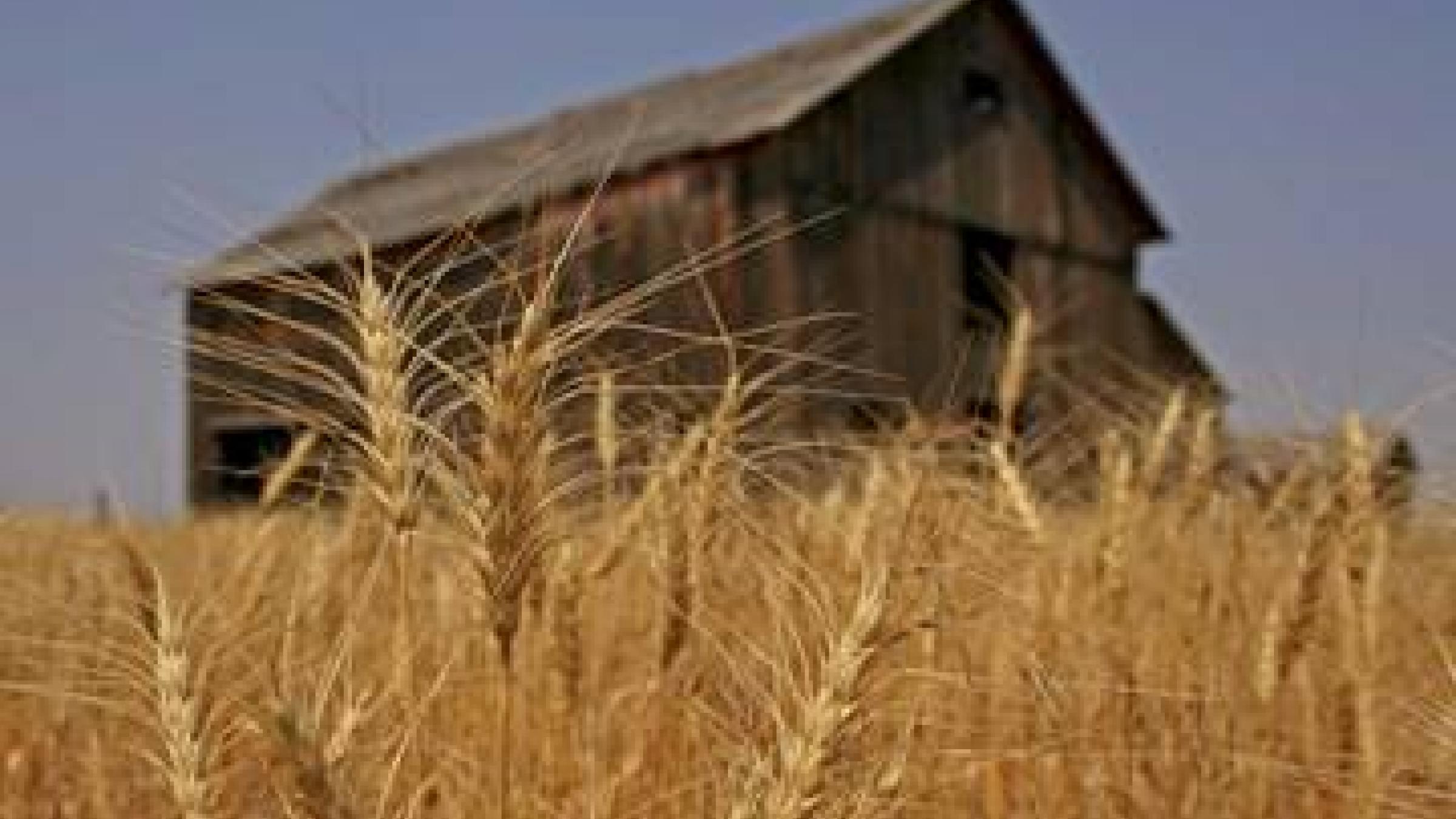FAS Treks Across the Northern Plains for Wheat Tour

By Lesley Nichols, Foreign Agricultural Service, Canada Desk Officer
Nine staff members from the Foreign Agricultural Service (FAS) Office of Country and Regional Affairs and the Office of Global Affairs were among 71 participants who attended the 2012 Hard Spring and Durum Wheat Quality Tour across the northern plains July 23-26.
The U.S. Wheat Quality Council sponsors the annual tour, enabling attendees to assess the yield of the current year's wheat crop – even before it is harvested – and to network with specialists in the wheat quality field.
Wheat is a very important commodity for both the United States and Canada. North Dakota farmers primarily grow hard red spring and durum varieties. Hard spring wheat is high in protein and gluten, which makes for great breads, hard rolls and bagels. Durum is also high in protein content and its gluten strength makes it the best choice for producing pasta products.
FAS staff participates in the wheat tour each year. Like many in the group, this was my first wheat tour. Our group traveled throughout North Dakota, southern South Dakota and western Minnesota, stopping at numerous wheat fields to assess the crop and calculate yields. Covering nearly 400 miles each day, we surveyed 377 spring wheat fields, averaging 44.9 bushels per acre, which is up from 41.5 bushels last year.
As Canada’s desk officer, it was a wonderful training opportunity that allowed me to learn more about the relationship between U.S. agricultural trade organizations (called cooperators), farmers, and their Canadian counterparts.
Overall, it was a very good wheat crop, and the Wheat Quality Council predicts it’s the third-highest yield ever. Thanks to early planting, the wheat matured enough to escape the extreme heat of the summer, allowing for higher protein levels and, ultimately, a good harvest that can be readily exported.
